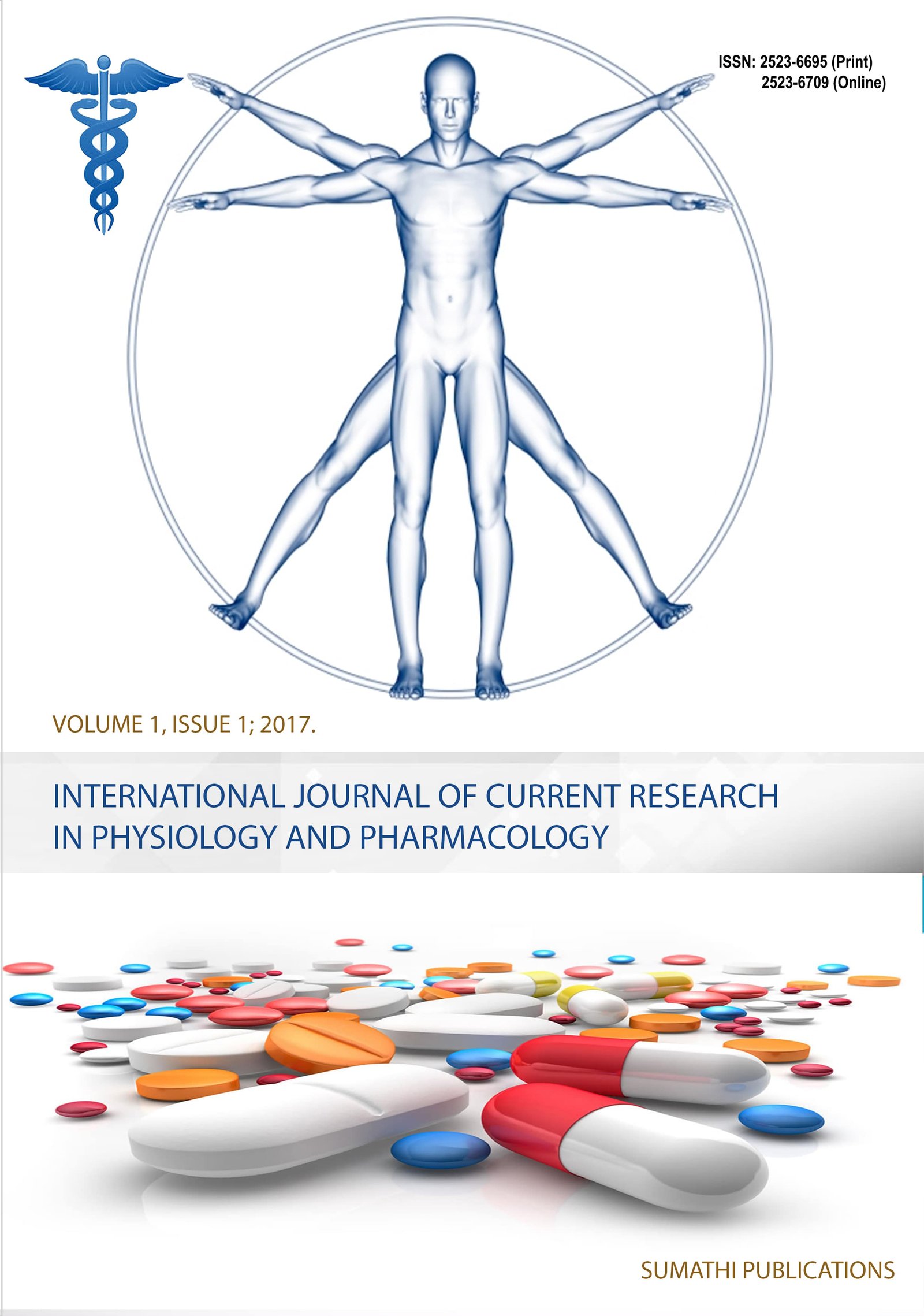Cutaneous Complications in Macrolide Prescribing in Pediatrics
DOI:
https://doi.org/10.31878/ijcrpp.2019.33.1Abstract
Cutaneous adverse reactions are very common adverse effect of post antibiotic therapy. Cutaneous adverse reactions include skin lesions in the form of rashes urticaria, maculopapular rashes, eythema multiforme, stevens-johnson syndrome and toxic epidermal necrolysis. However macrolides, generally considered safer in this regard, are frequently used to treat both adult and childhood infections, with favorable outcomes. Cutaneous manifestations of this class of antibiotic are scarce. The present case series focuses on conglomeration of few cases of cutaneous reactions due to macrolide therapy in both children and adult population.
Downloads
Downloads
Published
How to Cite
Issue
Section
License
The journal allows the author(s) to hold the copyright without restrictions and will retain publishing rights without restrictions.
The submitted papers are assumed to contain no proprietary material unprotected by patent or patent application; responsibility for technical content and for protection of proprietary material rests solely with the author(s) and their organizations and is not the responsibility of the journal. The main (first/corresponding) author is responsible for ensuring that the article has been seen and approved by all the other authors. It is the responsibility of the author to obtain all necessary copyright release permissions for the use of any copyrighted materials in the manuscript prior to the submission.
What are my rights as an author?
It is important to check the policy for the journal to which you are submitting or publishing to establish your rights as
Author. Journal's standard policies allow the following re-use rights:
- The journal allows the author(s) to hold the copyright without restrictions.
- The journal allows the author(s) to obtain publishing rights without restrictions.
- You may do whatever you wish with the version of the article you submitted to the journal.
- Once the article has been accepted for publication, you may post the accepted version of the article on your own personal website, your department's website or the repository of your institution without any restrictions.
- You may not post the accepted version of the article in any repository other than those listed above (i.e. you may not deposit in the repository of another institution or a subject-matter repository) until 12 months after publication of the article in the journal.
- You may use the published article for your own teaching needs or to supply on an individual basis to research colleagues, provided that such supply is not for commercial purposes.









